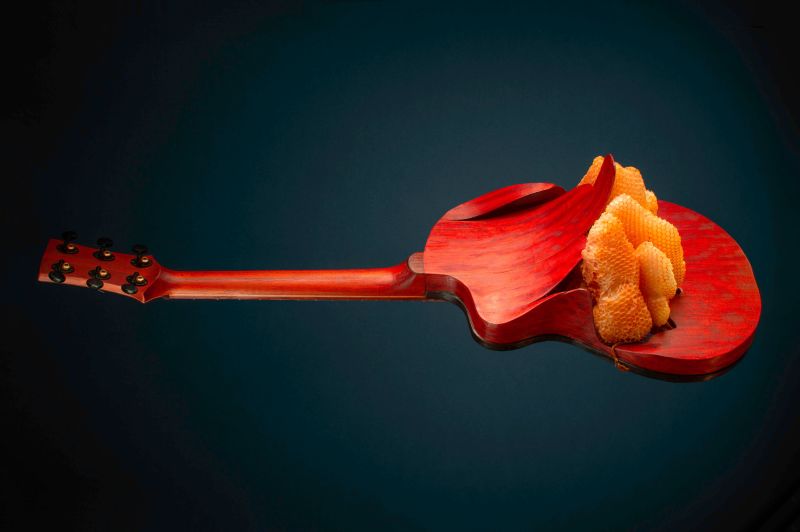Innovative Guitar Creations by Rachel Rosenkrantz
In recent years, the music industry has begun to embrace sustainability, and one of its pioneers is Rachel Rosenkrantz. She is transforming the traditional path of guitar making by using eco-friendly materials and innovative designs.
The Role of Mycelium in Guitar Making
Rosenkrantz creates unique guitar models such as the “Mycocaster.” This guitar is made from mycelium, a network of threads produced by fungi. Mycelium not only functions as a lightweight alternative to traditional materials but also aligns with sustainability efforts, showing potential in various applications from biodegradable computer chips to eco-burials.

Sound Characteristics of the Mycocaster
The “Mycocaster” has a surprisingly twangy and nasal sound, allowing players to calibrate the tone to their personal preferences. It features a shell and neck crafted from compressed paper in resin and incorporates scraps of upcycled wood on the shallow sides.
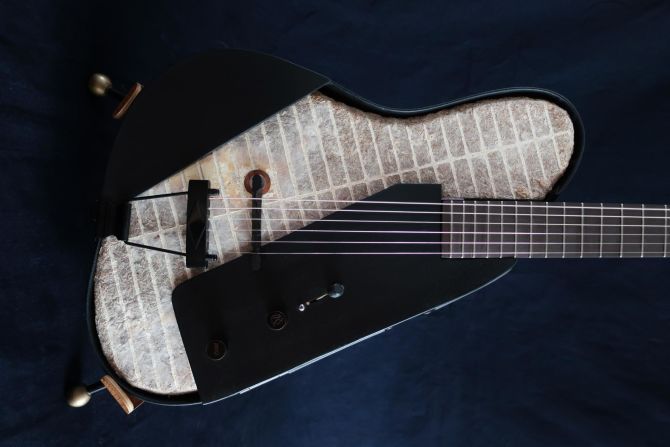
Innovative Materials in Guitar Construction
To enhance the rigidity of mycelium guitar bodies, Rosenkrantz incorporates dried fibers such as corn husk and fabric threads. This innovative approach allows for the creation of sturdy yet lightweight instruments.
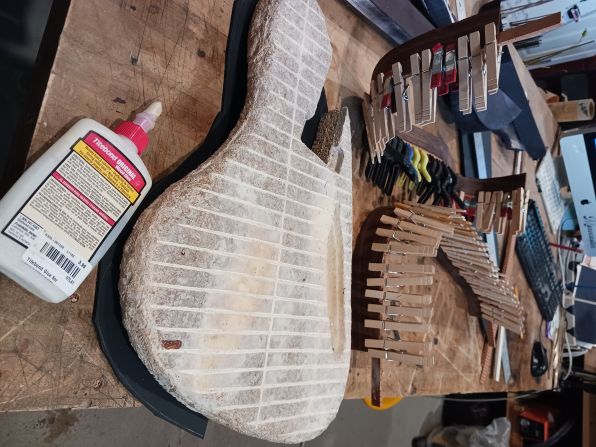
Ethical Guitar Crafting
While many guitars are often made from old-growth wood, Rosenkrantz prioritizes using only reclaimed or ethically sourced materials. One notable example includes a guitar constructed from upcycled parts, including vintage cigar humidors and handles from old suitcases. As she notes, “All it takes is to have some ethics — just doing the right thing makes a big difference.”
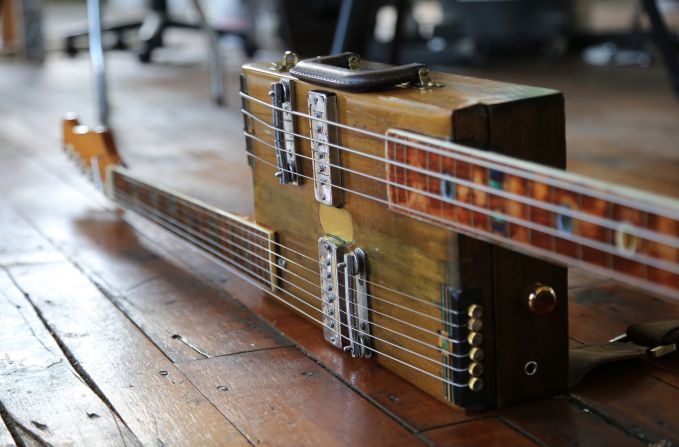
The Impact of Nature on Design
Rosenkrantz’s passion for sustainability extends to her hobbies, including beekeeping. She discovered that bees hum at a frequency that coincides with lower-mid guitar notes, inspiring her to create the “Pawtuxet” guitar, which incorporates honeycomb.
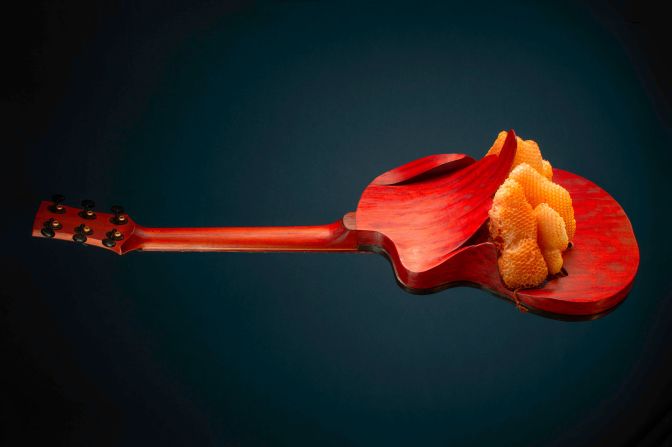
Experimenting with New Materials
Rosenkrantz has been innovative in experimenting with different materials to create unique sounds. For instance, she has looked into creating a banjo head without using animal skin or plastic, utilizing dried kombucha, a fermented tea, to resemble leather.
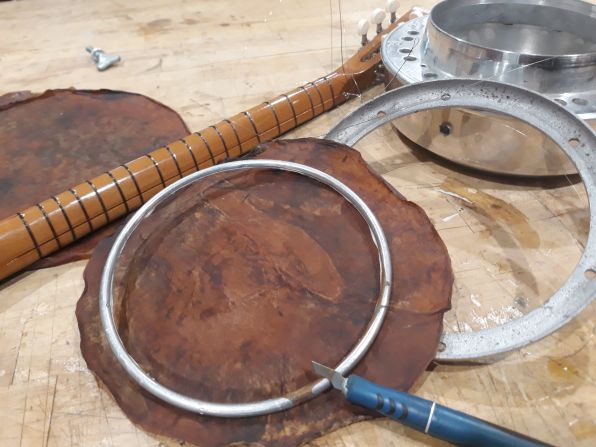
Creative Innovations during the Pandemic
During the COVID-19 pandemic, Rosenkrantz utilized her time by experimenting with new biomaterials. For example, she created the “Honfleur” guitar embellished with eggshells, a nod to her daily breakfast habit of consuming two eggs.
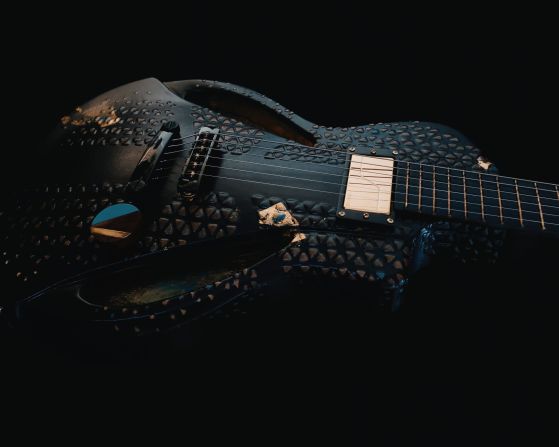
Conclusions
Through her innovative use of sustainable materials, Rachel Rosenkrantz is redefining the guitar-making process. Her dedication to eco-friendly practices and her willingness to experiment with various materials exemplify a growing trend towards sustainability in music.
